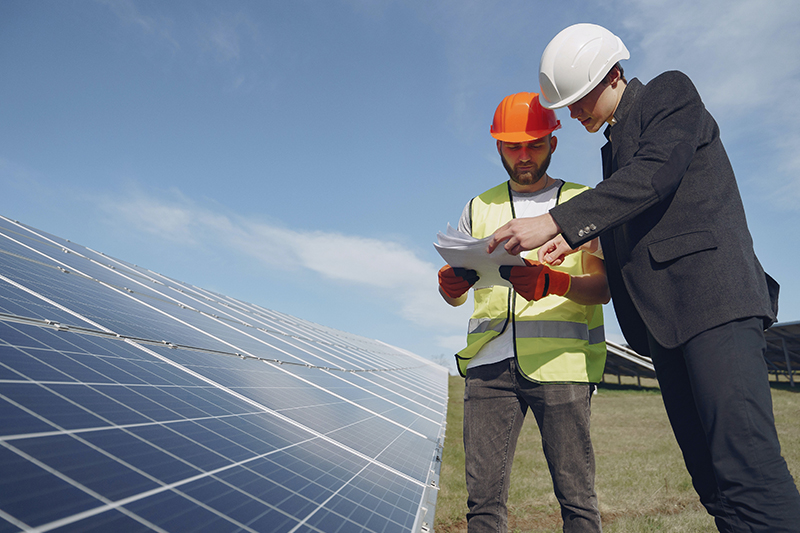The IEA expects European power demand may fall to its lowest level in more than 20 years, mainly because heavy industry production cuts appear to be becoming more and more of a permanent factor. The International Energy Agency (EIA) said on Wednesday that a major shutdown of heavy industry across the continent due to high energy prices had led to a sharp drop in power demand in the first half of this year. The agency also warned that the grid system would need to cool large building areas during the summer’s soaring temperatures, which would put increasing pressure on the grid. In addition, the IEA expects renewable energy generation to account for more than a third of global power generation by 2024.
“The competitiveness of Europe’s energy-intensive industries is threatened by high energy costs,” the IEA said in its report. “The way forward will not be easy.” European industry is making key decisions about its long-term future in the face of higher energy prices, but global demand for electricity is increasing as electrification continues. While the cost of wholesale electricity in Europe has fallen this year, major manufacturers are still evaluating where to expand or shift production.
In its report, the IEA predicted that electricity demand in the European Union is expected to fall 3% this year to 2002 levels; usage is also expected to decline in the U.S. and Japan, while the ongoing energy crisis and the possibility of a recession are expected to slow global electricity demand growth in 2023.The IEA expects U.S. demand for electricity to decline by a projected 1.7% in 2023 due to slower economic growth, and to rebound to 2% in 2024, down from 2.6% in 2022.
The IEA expects global electricity demand to increase by slightly less than 2% this year, down from 2.3% in 2022. However, assuming an improved outlook for the world economy, electricity demand growth is expected to pick up again in 2024, and according to the IEA’s latest forecast, this figure is expected to rebound to 3.3%.
The IEA cited drivers of Europe’s slumping electricity demand, such as global chemical giant BASF (BASF SE) closing some of its plants, Volkswagen (VolkswagenAG) suspending plans for a battery plant in Eastern Europe, and a series of industrial expansion plans that have been abandoned or scaled back by different industries. In addition, the number of corporate bankruptcies in the EU jumped to the highest level since at least 2015.
The IEA said the EU could increase state aid or increase energy price subsidies, but that could place a heavy burden on some consumers and taxpayers. Another option is to ramp up efforts in renewable energy and decarbonization processes to fuel greener, heavier industries, although this could come with high upfront costs. The IEA expects renewables to partially cover the expected growth in electricity demand this year and next, with renewable energy generation expected to account for more than one-third of global electricity generation by 2024; depending on weather conditions, 2024 is likely to be the first year in which global renewable energy generation exceeds coal generation.
Record high temperatures have also put additional strain on the grid system, therefore increasing the likelihood of forced power outages, the report said. Extreme heat will intensify this week, with temperatures reaching as high as 47 degrees Celsius (117 degrees Fahrenheit) at one point in Italy and wildfires raging in Greece.
The International Energy Agency said growth in renewable energy should help reduce global carbon emissions. Increases in carbon emissions in countries such as India are expected to be offset by reductions in other countries, which are ramping up renewable energy deployments, with natural gas continuing to replace coal. The European Union alone accounted for 40 percent of the total decline in carbon emissions from power generation, according to the data.





